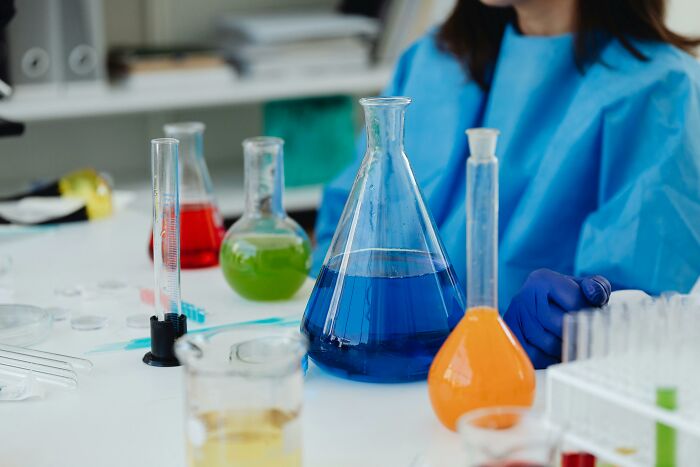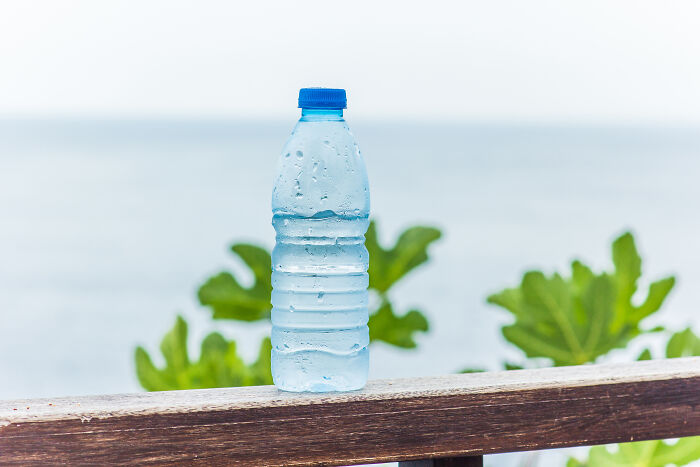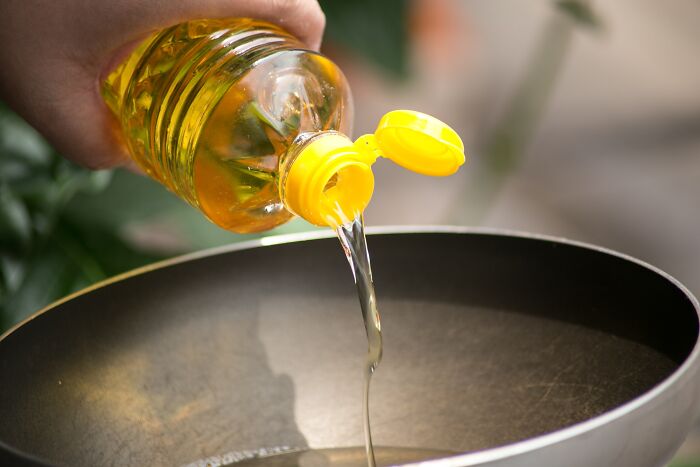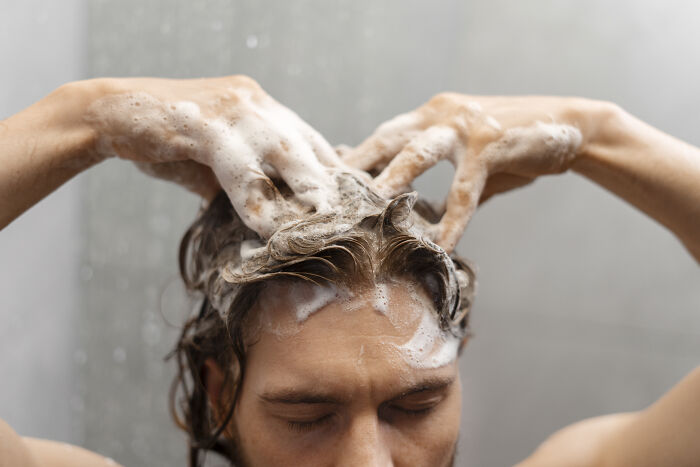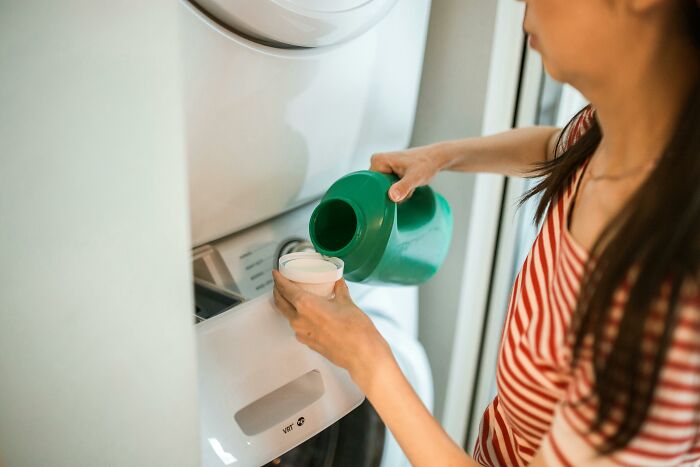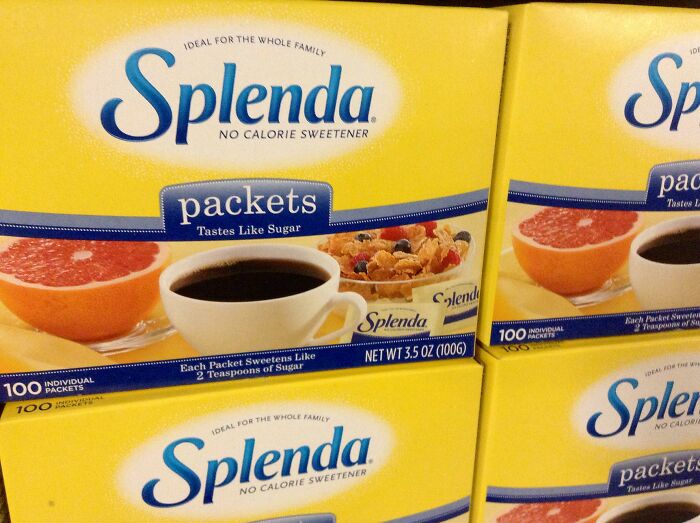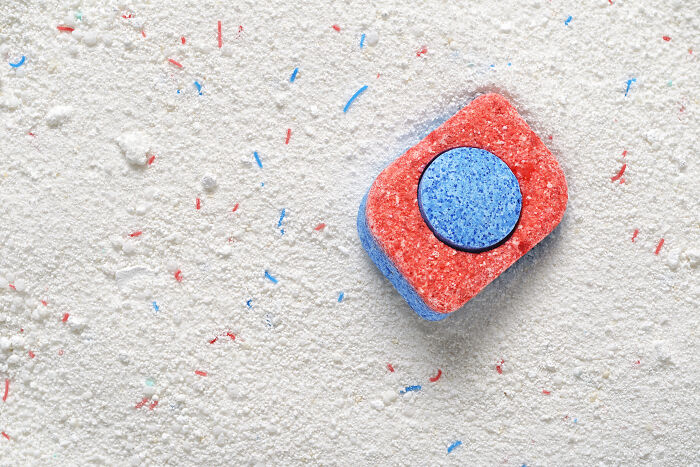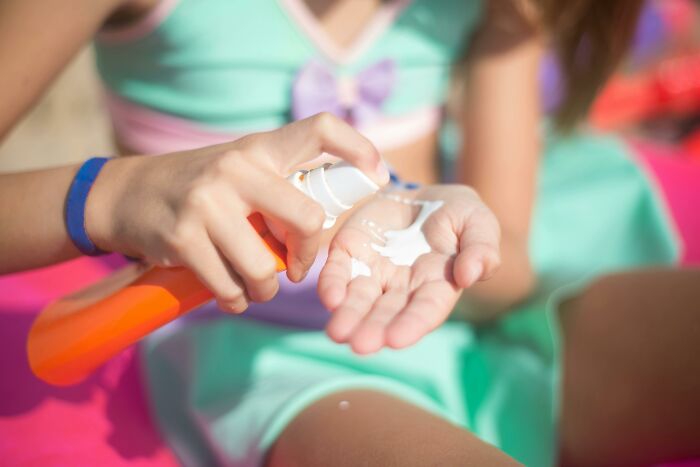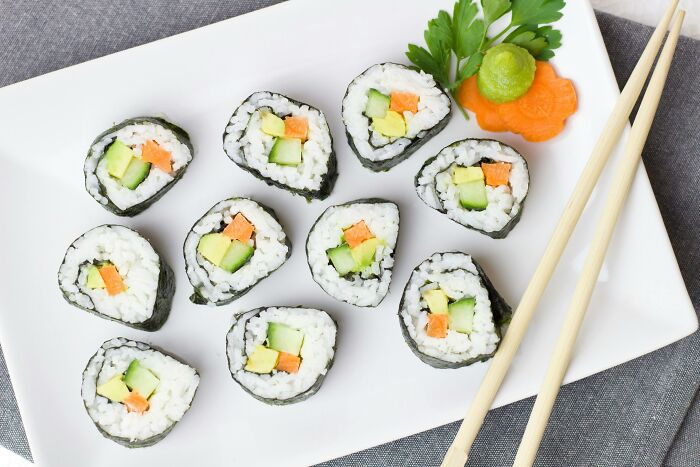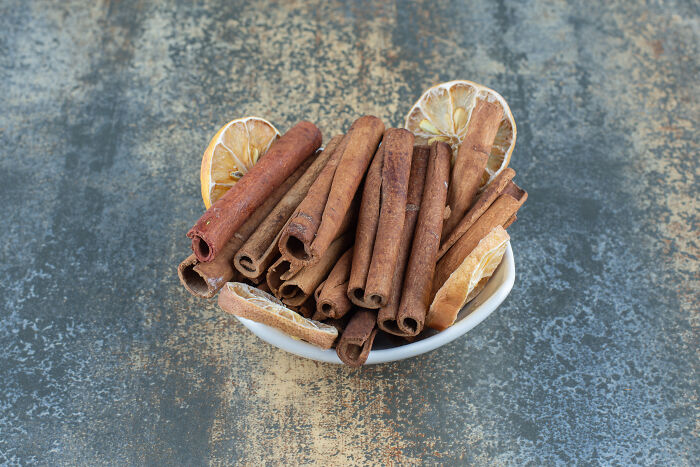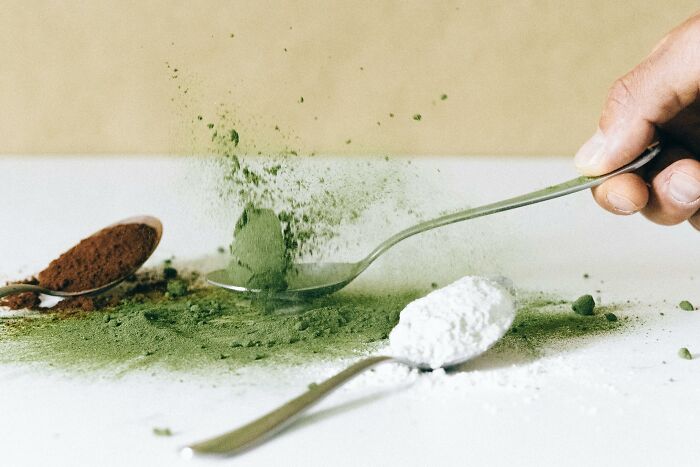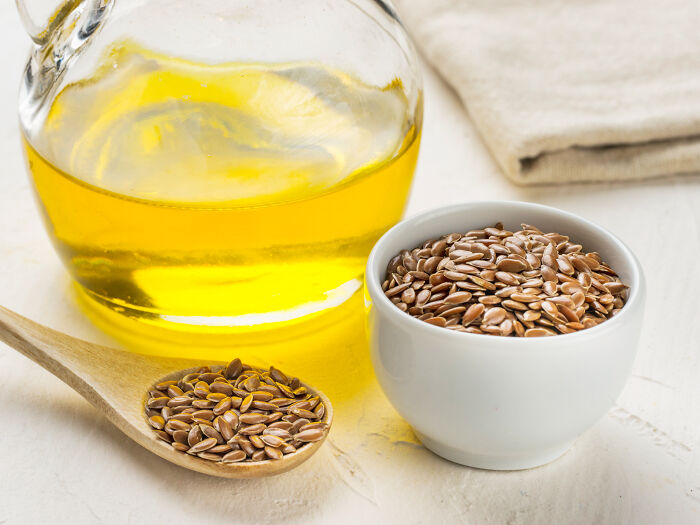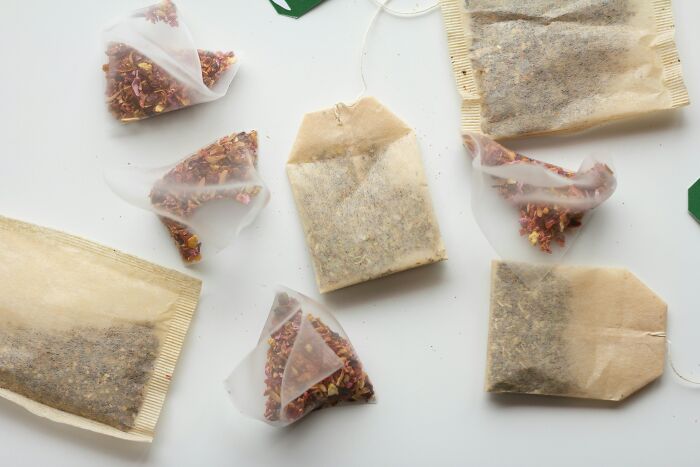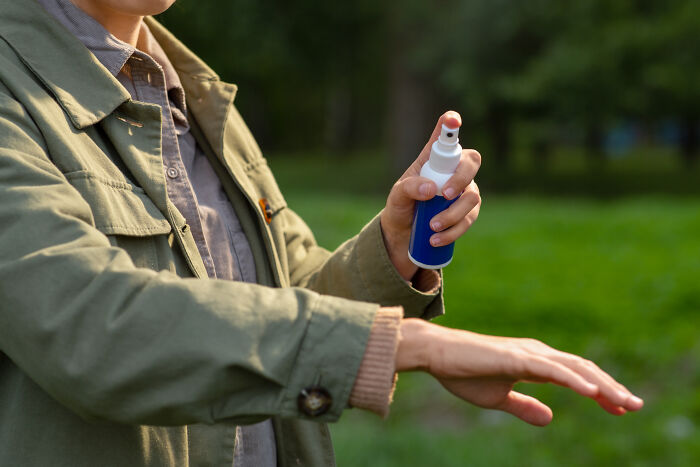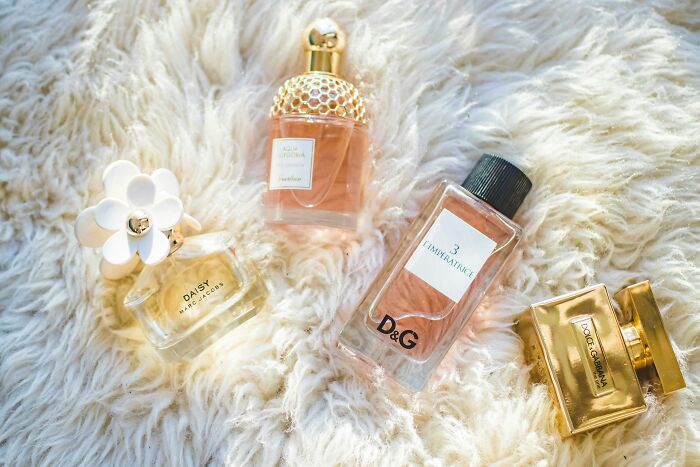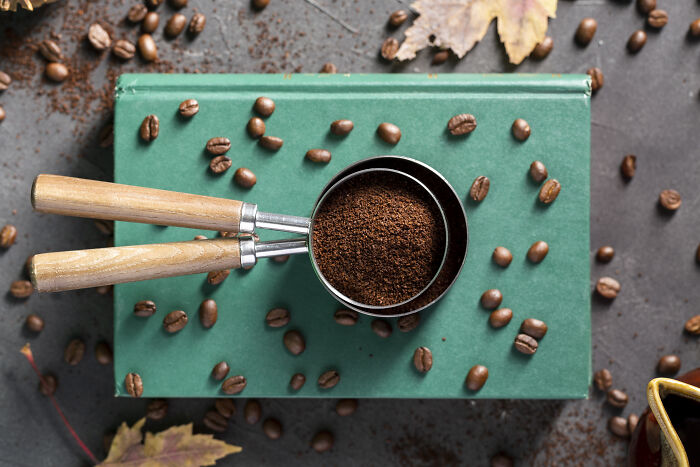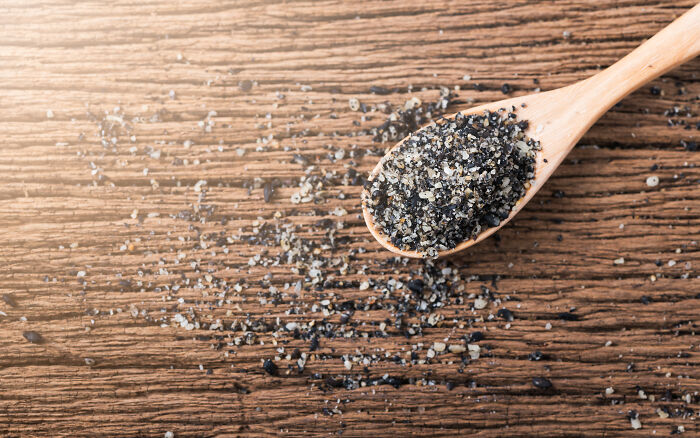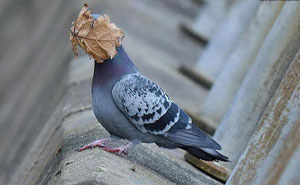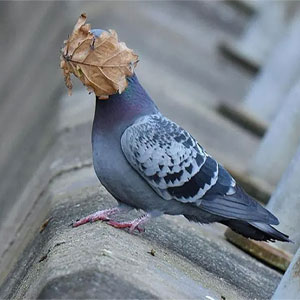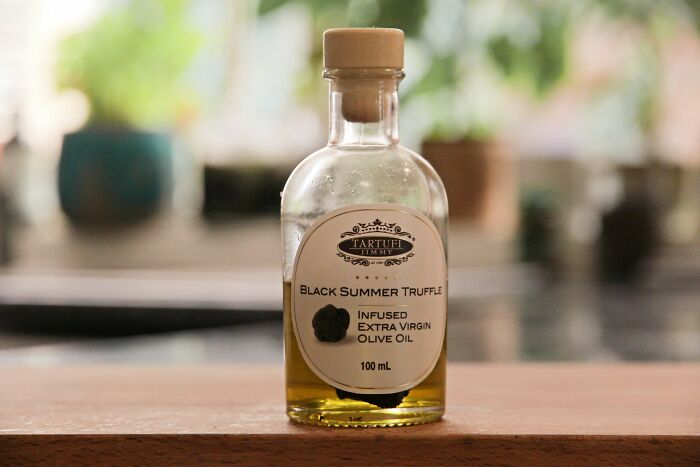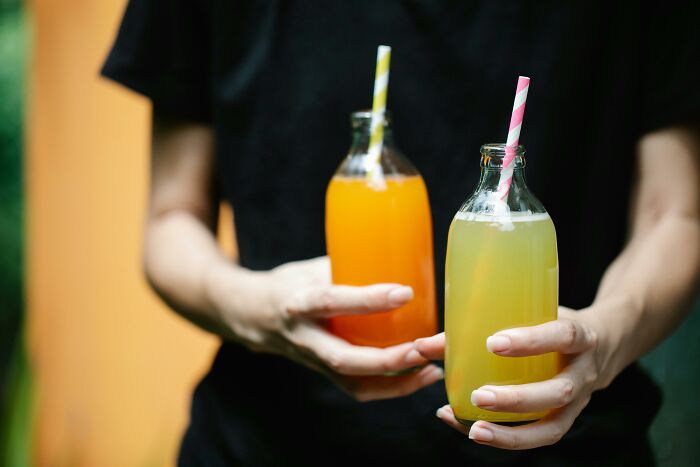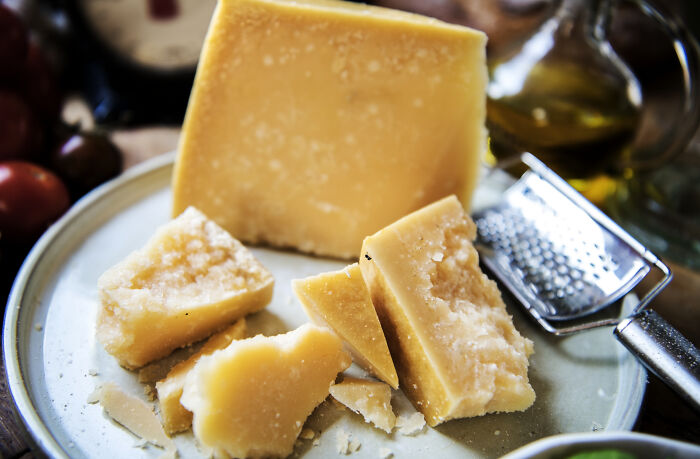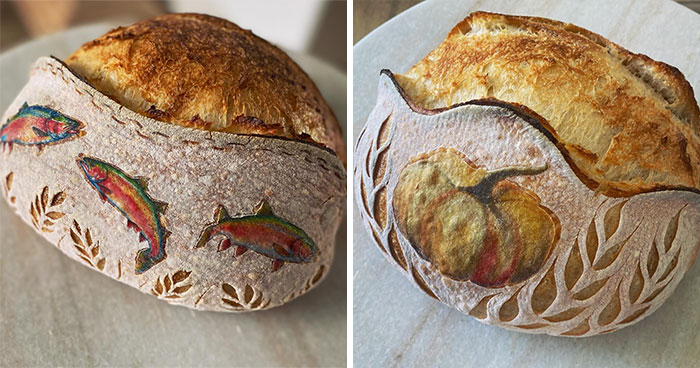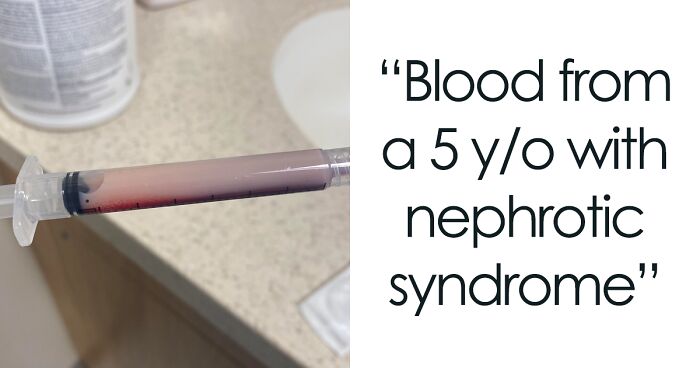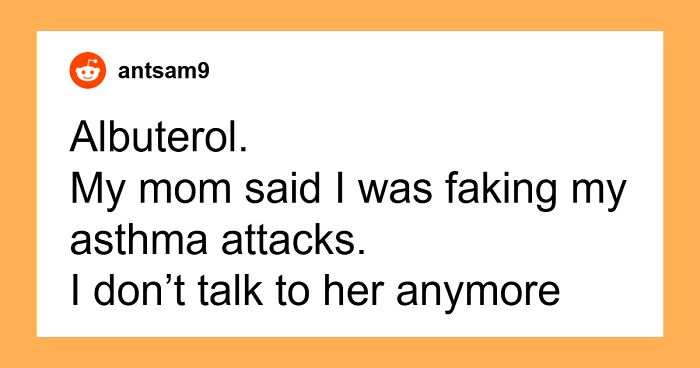
Man Shares 21 Everyday Items Many Of Us Use That Are Actually Toxic And How To Avoid Them
Every single thing we eat, drink, or use contains some kind of chemicals. In small doses, these toxic additives and substances may not be harmful to our health, but over time, they could actually cause problems. That’s why it’s important to stay one step ahead and really get to know the things we’re using and consuming.
In this list, you’ll get to learn about different everyday items you’ve probably come across and what ingredients they contain that you shouldn’t be putting on or in your body. Some of these items might leave you surprised.
This post may include affiliate links.
Artificial Colors
Food dyes like Red 30 or Yellow 5 and 6 are more common than you’d imagine and are in most of the things we consume. In fact, the consumption of artificial food coloring has risen significantly in the last 50 years, even though the dyes are made from petroleum. Although these additives may seem safe, some of them have been shown to have cancer-causing contaminants.
Keurig K-Cup Coffee Pods
A lot of people love Keurig’s K-Cups, but their plastic coffee pods can actually pose a lot of health risks. Heating the pods can lead to the leaching of chemicals that have been shown to cause hormone disruptions over time.
Some coffee pods also contain furan, which is a toxic substance that can affect your digestion and liver. It’s, therefore, better to skip the plastic pods or simply cut down on your coffee consumption.
Plastic Bottled Water And Water Filter Pitchers
A liter of bottled water can contain up to 240,000 microplastics! These plastic fragments can easily pass into the stomach. Over time, they can leach into different areas of the body and cause major health issues. The best way to avoid this is by using reusable bottles that are made of glass, stainless steel, or aluminum.
It’s always great to learn about the world around us and its impact on our health and well-being. That’s why it’s great that creators like Bobby Parrish help educate people about the items they buy at the grocery store. His video on fake foods really breaks down which normal everyday things contain harmful ingredients. That’s exactly what inspired us to create this list for you.
It’s important to understand that every food item is made up of some normal chemicals like potassium, proteins, carbohydrates, and even vitamins. They can also have additives to enhance their flavor or to prevent them from spoiling. The problem occurs more so with products containing pesticides and heavy metals, as well as the cheap materials used to make and package the items.
Processed Cooking Oils
A lot of the cooking oil that people buy is actually fake and highly processed. They contain a lot of artificial ingredients and cheap additives. It’s better to use single-origin oil because it means that the product would have been made from fresh ingredients.
Shampoo Containing Sodium Lauryl Sulfate (SLS)
The sulfates used in shampoos create a lathering effect that helps remove dirt and oil from hair. The problem is that these chemicals can be too strong and exacerbate skin conditions like eczema or dermatitis. The sulfates can also strip the natural oils from your hair and make it more fragile or frizzy.
The thing is, everyone is so used to things foaming, that anything that doesn't foam, doesn't seem like it's cleaning. Suds=clean. I'm one of these people. I want suds, lol.
Laundry Detergent Containing Sodium Laureth Sulfate (SLS)
The sulfates in our laundry detergents are extremely effective in cleaning the dirt from our clothes. The problem is that they’re also strong that they can also affect our skin and overall physical health. It’s better to use detergents that don’t have artificial fragrances and are free from SLS.
This is scientifically unfounded. SLS is very well tolerated by humans. Attacking the safety of SLS became popular in the 1980's with a highly publicized, but poorly done study. Since that time, the subject has been thoroughly studied world wide with consistent results. Even when exposed to extreme concentrations of SLS (far more than any cleaning product contains) for prolonged time, the human body flushes the SLS in a matter of hours. On the flip side, SLS is extremely effective. You don't need much to get things clean. However, cleansers without SLs use much higher concentrations of their cleaning agents and are generally less effective, often require much longer exposure to be effective. SLS cleaners are, in general, safer than many of the alternatives.
It might seem like no big deal if a few of the products or food items we use contain additives or metals, but the reality is a bit more sinister. Studies have found that there are more than 14,000 distinct chemicals that come in contact with our food. Out of them, more than 3,500 have been detected in the human body.
The presence of these heavy metals and substances has been linked to reproductive issues, cancer, and digestive issues. You might believe that only opting for organic food can help solve this problem, but sometimes, even organic farming requires the use of natural pesticides. That’s why it’s incredibly important to make better food choices.
Sweet N Low (Saccharin), Splenda (Sucralose), Equal (Aspartame)
It would have been “sweet” if artificial sweeteners weren’t on this list, but they’re often the subject of heavy debate. Although most health authorities consider them to be generally safe, they tend to contain chemicals like Saccharin, Sucralose, and Aspartame.
In a few studies, the sweeteners were found to cause unpleasant symptoms like headaches and, in severe cases, seizures. Saccharin and Sucralose were also shown to decrease healthy gut bacteria in a few instances.
This was a good example of biased research. The 'saccharin is cancer-causing research' was paid for by the NutraSweet/aspartame industry, timed with the launch of aspartame as the safer alternative.
Dishwashing Detergent Pods
Let’s say you wash your dishes with detergent pods, which means that in many cases, residue from the product may be left on your utensils. This can then enter your system when you eat, drink, or use your dishes. Many dishwashing pods also contain alcohol ethoxylates, which some studies say can disrupt gut health.
Although there’s not enough evidence backing the claim, it would be better to switch to healthier alternatives. You can look out for dishwashing detergent pods that have plant-derived fragrances and are made from natural ingredients.
JC, why don't we all just go cower in a cave if everybody is going to freak out about everything. Stress inducing posts like these are going to kill you faster.
Chemical Based Sunscreen
A good sunscreen is the best barrier of protection against the sun’s UV rays, but shockingly enough it can also be hiding toxic chemicals. The FDA found that there are 6 questionable substances, namely, Oxybenzone, Avobenzone, Homosalate, Octinoxate, Octocrylene, and Octisalate, which can affect peoples’ hormones, cause skin irritation, and even fertility issues.
Luckily, there are sunscreens without these chemicals; you’ve just got to spend a bit of time looking for them.
Even though the FDA exists to protect people from toxic products, there is one loophole that can allow chemical-ridden items to still pass through. It is known as the “Generally Recognized as Safe” (GRAS) classification.
This loophole gives manufacturers the power to determine which food chemicals are safe for consumption, and hence, they can exploit the rule. That’s why consumers need to take their health into their own hands and learn about the additives and chemicals that can be toxic to their health.
Sushi, Tuna, Salmon
Next time you want to enjoy a healthy plate of sushi, you might think of this. Almost 74% of sushi that’s sold at grocery stores is mislabeled. They often con you into paying higher prices for cheap alternatives. For example, the wild salmon that you think you’re eating is most likely farmed.
Another thing you have to look out for is fake tuna. White tuna is often swapped out for something called Escolar, which can cause intestinal problems.
Would love to know where the 74% stat comes from. At least in the US, it's highly illegal to mislabel something in the way that's being mentioned here. Selling farmed salmon as wild caught is not only easy to catch due to texture, color and taste, it's very illegal. Ditto for Tuna vs. Escolar.
Fake Cinnamon Stix
Apparently, there is a real and a fake cinnamon. Ceylon cinnamon is the true one and Cassia is the fake product that contains a chemical called coumarin. It’s a substance that’s used in making rat poison!
The best way to spot the difference between the two is by reading packaging labels. You can also spot Ceylon cinnamon by its tan-brown color and light flaky feel.
This is a half-truth at best. Ceylon cinnamon's botanical name is Cinnamonum verum, Cassia cinnamon's is Cinnamonum aromaticum. Each of them contains coumarin - as do many other plant-based products like tonka beans, woodruff, or dill. Even lots of perfumes, and most car deodorants contain coumarin for its smell. The main difference between Ceylon and Cassia cinnamon is its concentration (~8mg per kg in the former vs ~3000mg per kg in the latter). As Ron Man's comment says, it's hepatotoxicity stems from the concentration. You're going to be fine if you eat some Cassia cinnamon, your liver will recover. Well, unless you have some other liver-related health issues going on, or are - like me - highly sensitive to coumarin. Long story short, it isn't rat poison per se you'd be eating.
Greens Powders
Green powders are considered an extremely healthy supplement made from many superfoods, but, in reality, they’re highly unregulated. Because of this, you could end up with products that actually don’t fit your dietary requirements.
In some cases, the supplements may lead to people consuming more nutrients than their bodies actually need. The best thing to do is to consult a doctor and then only take these supplements.
It might seem daunting to think of going to the grocery store and having to figure out which foods and products are safe and which should be avoided. To make things easier, you can try following some of these steps:
- Check ingredient lists on products and learn which chemicals you need to keep an eye out for.
- Read articles or watch videos from credible medical and scientific sources explaining this topic.
- Use glass and stainless steel items instead of plastic to protect yourself from being exposed to harmful compounds.
- Learn what levels of certain chemicals are okay for the body and what is too high.
Seed Oils
Seed oils are obtained from plants either by a mechanical or chemical extraction process. Since they are typically very processed and contain high levels of omega-6 fats, it might be healthier to steer clear of such oils.
Tea Bags
The wholesome and refreshing tea that you get from tea bags can actually be leaching microplastics into your system. Along with their unsafe plastic fibers, a chemical called epichlorohydrin is added to them in order to keep them from bursting.
Rather than sticking to your nanoplastic-ridden tea, it might be better to look for loose-leaf tea. You can brew it and then have it after straining it well.
Mosquito Repellent Containing DEET
These products often have an ingredient called DEET that can cause skin irritation and a few other adverse reactions after long exposure. It can also cause damage to the environment at very high levels.
Overall, this chemical isn’t considered toxic at normal levels, but it’s better to be safe and avoid ingesting it or applying it over cuts and wounds.
I live in the Southern US, rife with mosquitoes. I am NOT giving up DEET.
From coffee to detergent, there are just so many products that we use on a daily basis that could potentially damage our health. That’s why it’s essential to learn about the chemicals and compounds in the things we use and consume. The more we know, the better equipped we are to live healthier and happier lives.
Which item from this list shocked you the most? Let us know if you have any examples of your own to share.
Fragrances
Everyone wants to smell nice which is why most people use different perfumes. These fragrances actually contain many harmful compounds in them that can affect your skin and even cause headaches depending on how frequently you use the product.
The current FDA laws also do not require perfume companies to disclose fragrance ingredients, which means many harmful chemicals can pass under the radar. The best way to stay safe from this is to check labels and avoid bottles that have no information about the chemicals used in them.
Pre-Ground Coffee
Everyone loves a good cup of coffee to wake them up in the morning, but the pre-ground coffee that we use is actually not so pure. They’re often mixed with a lot of ground up foreign objects like that just look like coffee because people cannot tell the difference.
Along with that, some brands have also been found to contain unhealthy contaminants like Ochratoxin A, Acrylamide, Polycyclic Aromatic Hydrocarbons, Yeast, and Pesticides. The only way to avoid this is by buying whole-bean coffee or getting pre-ground coffee from trusted sources.
Ground Black Pepper
Pepper is a beloved spice that can help elevate many dishes. The only problem is that ground black pepper can be “peppered” with a whole host of other ingredients. Sometimes, companies use ground-up papaya seeds because of their low cost as an adulterant for pepper.
The best way to avoid getting duped by such practices is to get whole peppercorns and grind them yourself.
lol again, wtf? Papaya seeds may be in your ground pepper. There's nothing wrong with Papaya seeds being in pepper. A lot of people use papaya seeds in place of pepper and they are often found in fancy mixes of peppercorns that you buy for your pepper grinder. They have a peppery flavor that goes good with black pepper and bridges the flavor between black pepper and white pepper.
Truffle Oil
All truffle oil is fake because they actually use only flavoring without adding any real pieces in it. These additives and artifical ingredients just aren’t as good for the body. Plus, you’ll be stuck paying for grossly overpriced products that aren’t worth it at all.
Pasteurized Juices
Apparently, these drinks are highly pasteurized and often contain compounds from many different sources. In some cases, the fruits used are also bad quality and processed in unhealthy conditions.
Since kids are often the biggest consumers, it is important to be cognizant of what type of juice you’re buying. It’s better to buy juice that’s not from concentrate.
LOL no. Yes, pasteurization may destroy some of the nutritional value, but it also gets rid of bacteria and pathogens that could be deadly to you. Don't drink unpasteurized juice unless you're making it yourself or watching someone make it in front of you, like at a juice bar. The origin of this, puregreenfranchise.com is a brand that's trying to sell you a juice bar franchise.
Parmesan Cheese
The delicious parmesan that you’re eating might contain sawdust! Two filler ingredients that are found in this cheese are usually rice flour and cellulose. The second ingredient is an anti-clumping agent, which is literally derived from wood pulp.
Rather than getting cheap quality products and sawdust in the name of cheese, it’s better to make sure your parmesan was made in Italy.
This is complete BS. This whole list is nonsense. Cellulose isn't "literally" the same thing as sawdust.
"this contains a lot of harmful chemicals" without any more explanation or detail. TikTok science is not science
Pseudosciency nutjob conspiracy nonsense. I cannot believe y'all are platforming this garbage
Off topic, but has Bored Panda now removed notifications?? We can't see if anyone has replied to a comment?
So many wrong things here. The term "processed" means it was changed from its original form -- i.e. tofu is processed because it it formed by the process of cooking soybeans and coagulating the soy milk. The scary "chemicals" means that everything is scary because everything includes chemicals. The term "natural" means nothing regarding how healthy it is because there are so many natural things that are unhealthy, like arsenic. The "healthiness" of a product will depend on whether that product harms your health, not any of those other BS words.
Low quality posts like these only confuse the issue of what is safe or healthy.
Wow. Don't ever let this writer do another article. This was filled with so much misinformation it's ridiculous.
This sounds like a Dutch person who saw all the episodes of: "Keuringsdienst van Waarde".
"this contains a lot of harmful chemicals" without any more explanation or detail. TikTok science is not science
Pseudosciency nutjob conspiracy nonsense. I cannot believe y'all are platforming this garbage
Off topic, but has Bored Panda now removed notifications?? We can't see if anyone has replied to a comment?
So many wrong things here. The term "processed" means it was changed from its original form -- i.e. tofu is processed because it it formed by the process of cooking soybeans and coagulating the soy milk. The scary "chemicals" means that everything is scary because everything includes chemicals. The term "natural" means nothing regarding how healthy it is because there are so many natural things that are unhealthy, like arsenic. The "healthiness" of a product will depend on whether that product harms your health, not any of those other BS words.
Low quality posts like these only confuse the issue of what is safe or healthy.
Wow. Don't ever let this writer do another article. This was filled with so much misinformation it's ridiculous.
This sounds like a Dutch person who saw all the episodes of: "Keuringsdienst van Waarde".

 Dark Mode
Dark Mode 

 No fees, cancel anytime
No fees, cancel anytime 


